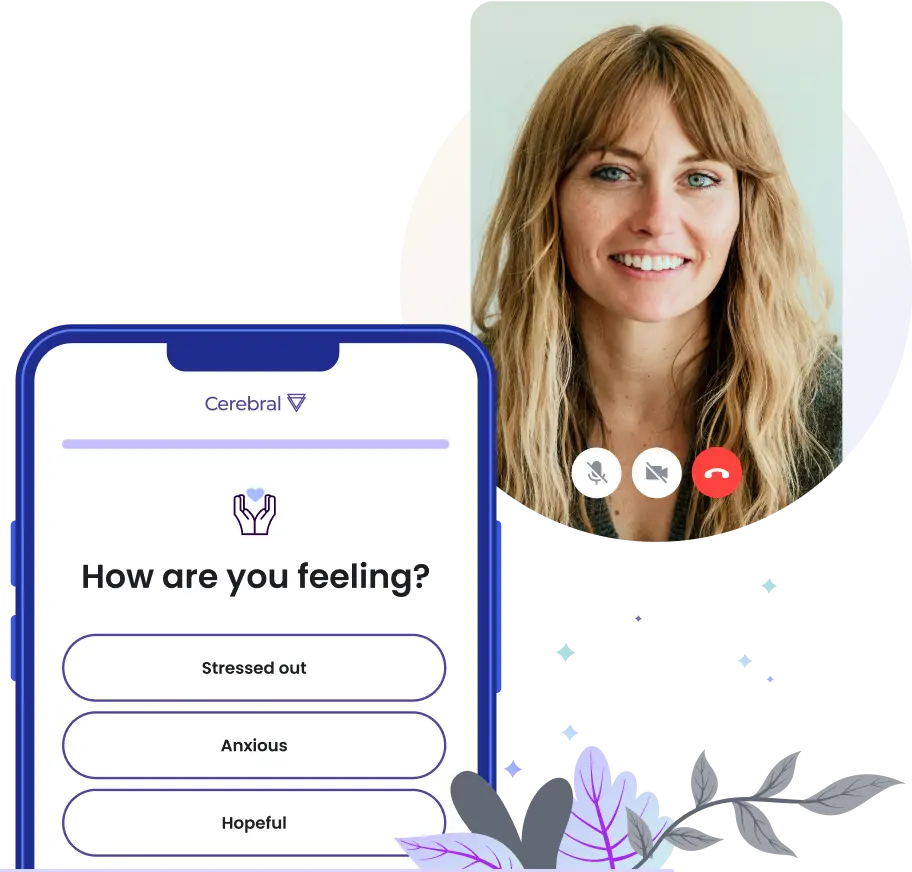Healthy romantic relationships are beautiful, but they require effort and nurturing. Without these factors, they can turn from loving to toxic. An unfortunate reality is that the “honeymoon phase” of relationships can only last so long. Sooner or later, all relationships will have elements of conflict, stress, misunderstanding, or unhappiness.
In this blog, we’re providing professional insights into relationship problems and therapy exercises you can use to build and strengthen the bond you share with your partner.
Relationship patterns
Every couple has unique patterns, which can be unhealthy or healthy. Once you’re able to recognize patterns that cause conflict or negative emotions, you and your partner can begin to work together to change them.
Unhealthy patterns may include:
- Criticism: One or both partners consistently criticize the other's behavior, character, or choices, leading to a negative atmosphere.
- Defensiveness: Instead of addressing issues, one or both partners become defensive, deflecting responsibility and hindering resolution.
- Stonewalling: One partner withdraws emotionally or physically, shutting down communication and leaving the other feeling ignored or invalidated.
Healthy patterns may include:
- Open communication: Healthy couples prioritize open and honest communication, sharing their thoughts and feelings with each other.
- Mutual respect: Partners treat each other with respect, valuing each other's opinions, boundaries, and individuality.
- Teamwork and collaboration: Successful couples work together to overcome challenges, viewing themselves as a team facing life's ups and downs.
Therapy exercises
Therapy exercises are among the most effective ways to help couples work through their issues and create healthy relationships. Some exercises that can help you build a stronger relationship include:
- Identifying and challenging negative thoughts and patterns: In this exercise, you and your partner work together to identify negative thoughts that lead to anxiety, stress, or conflict in your relationship. Once you’ve identified the negative thoughts, you challenge them and replace them with more positive, realistic ones.
- Communication training: Communication is key to any relationship, and this exercise focuses on teaching couples how to communicate effectively. During communication training, you’ll learn skills such as active listening, expressing your feelings without blaming, and paraphrasing your partner's thoughts to avoid misunderstandings.
- Role-playing: Role-playing exercises can be an effective way to practice communication skills and learn how to manage more difficult conversations without becoming emotional.
Relationship problems triggered by anxiety
Anxiety is a common concern in relationships and can arise from factors like trust issues, fear of abandonment, or past traumas. It may manifest in various ways, including tendencies to overthink or overanalyze situations. These behaviors can have a significant impact on individuals and their relationships.
For instance, an individual with trust issues might constantly question their partner's motives, leading to heightened anxiety and strain. Similarly, a fear of abandonment could result in an intense need for reassurance, creating tension within the relationship.
During therapeutic sessions, patients can delve into how anxiety contributes to their relationship's challenges. Identifying specific examples, such as moments of heightened anxiety, irrational thoughts, or reactive behaviors, enables couples to gain insights into the dynamics at play. Importantly, therapy provides a space for partners to learn and implement healthy strategies for managing anxiety.
Effective management techniques include:
- Mindfulness and relaxation techniques: Learning and practicing mindfulness and relaxation techniques can help individuals cope with anxiety in the moment.
- Setting and respecting boundaries: Establishing clear boundaries and respecting each other's need for space can alleviate anxiety and foster a sense of security.
- Building trust: Engaging in activities that build trust and reinforce commitment can be instrumental in addressing trust-related anxiety.
Attachment styles
Attachment styles are patterns of behavior and beliefs that are formed in childhood and impact how we relate to others (including our partners) as adults. Here are the four main attachment styles, their characteristics, and techniques to better manage them.
Secure attachment style
- Characteristics: Individuals with a secure attachment style are comfortable with intimacy and autonomy. They trust their partners, feel secure in relationships, and are generally able to communicate effectively.
- Techniques: Emphasize open and honest communication to maintain trust and understanding. Encourage and provide emotional support, creating a safe and secure relationship environment.
Anxious-preoccupied attachment style
- Characteristics: People with this style often seek reassurance and fear abandonment. They may become overly dependent on their partners and have heightened sensitivity to relationship dynamics.
- Techniques: Develop mindfulness to manage anxious thoughts and prevent them from overwhelming the relationship. Encourage activities that foster a sense of security and self-reliance to reduce dependency.
Dismissive-avoidant attachment style
- Characteristics: Individuals with this style tend to be emotionally distant and value independence. They may struggle with intimacy and find it challenging to express their emotions.
- Techniques: Gradually introduce and become comfortable with emotional intimacy, allowing trust to develop over time. Practice expressing emotions in a safe and supportive environment to enhance emotional connection.
Disorganized attachment style
- Characteristics: This attachment style involves inconsistent behavior and difficulty trusting others.
- Techniques: Work with a therapist to explore and address underlying fears and anxieties. Engage in trust-building activities, emphasizing consistency and reliability to create a secure foundation.
Strengthen your relationship with professional help
Even the best relationships require hard work if they’re to endure. Recognizing negative patterns, managing anxiety, and identifying your attachment style can all play a vital role in promoting healthy relationships.
If you’ve been struggling in your relationship, therapy can empower you to get back on track. A professional can help you identify the source of problems and suggest evidence-based techniques so you and your partner can create a stronger, happier relationship.
Join Cerebral to start seeing a professional therapist—100% online.

6 Self-Care Tips for Stress and Burnout Recovery

How to Overcome Procrastination

How to Set Boundaries During the Holidays

Call 911 if you’re having a
mental health emergency
Text Home to 741-741 if you're in emotional
distress and need immediate support
Call or text 988 Suicide &
Crisis Lifeline. Chat service
is available at 988lifeline.org.